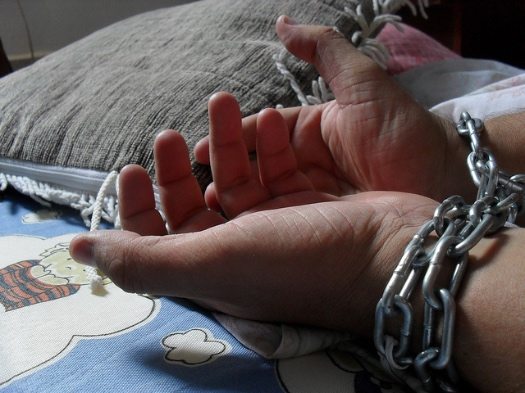
June 7, 2017; India West
NPQ has covered different ways big data is being used to enhance nonprofit work (here, here, and here). In NPQ’s “How Big Data Informs Conservation: One Example in Chesapeake Bay,” Jeanne Allen wrote, “More and more, large and small nonprofits are finding ways to mix data analysis and trends with their missions. The resultant outcomes can be astounding.”
India West, a U.S. West Coast newspaper, wrote recently that My Choices Foundation, an India-based nonprofit that fights human trafficking, is using big data to understand how traffickers work, in order to block their efforts.
Quantium, an Australian analytics firm, developed pro bono the “big data solution.” According to the article, in order to identify high risk villages and towns, Quantium analyzed “India’s census data, government education data, and other sources for factors such as drought, poverty level, proximity to transportation stations, educational opportunities, population, and distance to police stations.”
The Indian government has strengthened its anti-trafficking policy, but “a lack of public awareness remains one of the biggest impediments.” According to MapR, the converged data platform that Quantium is using to analyze the census information, “Human trafficking is the third-largest crime industry in the world today.”
Sign up for our free newsletters
Subscribe to NPQ's newsletters to have our top stories delivered directly to your inbox.
By signing up, you agree to our privacy policy and terms of use, and to receive messages from NPQ and our partners.
Even though poor village girls are often its targets, the Indian general public doesn’t know it exists. Elca Grobler, the founder of My Choices Foundation, said, “Most parents have no idea that their children are actually being sold into slavery.”
Reuters, also reporting on this use of big data, wrote that according to the 2016 Global Slavery index, an estimated 46 million people are enslaved worldwide and 18 million of them are in India. “Almost 20,000 women and children were victims of human trafficking in India in 2016, a rise of nearly 25 percent from the previous year, according to government data.”
In 2014, My Choice Foundation launched “Operation Red Alert” by researching the root causes of human trafficking and building relationships with NGOs. The project uses the data to launch local campaigns that “sound the alarm” about local risks. It targets “parents, teachers, village leaders and children.”
With 40 NGO partners, My Choices Foundation has led local campaigns in 600 villages across four Indian states, reaching 600,000 villagers. (There are more than 600,000 villages across India.) It also created India’s first anti-trafficking hotline, which feeds the hotline data into the project and refines its predictive analysis. My Choices plans to add more states to the effort. Grobler said, “We are helping to banish human trafficking, one village at a time.”
My Choices demonstrates how big data can be used to understand the root causes of social problems, devise strategies, track results, and focus partnerships across sectors. The potential ripples from this new trend remain to be seen.—Cyndi Suarez













